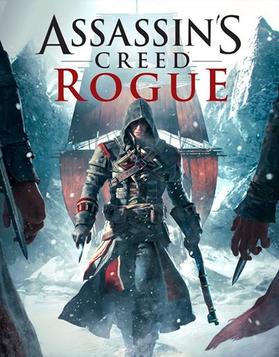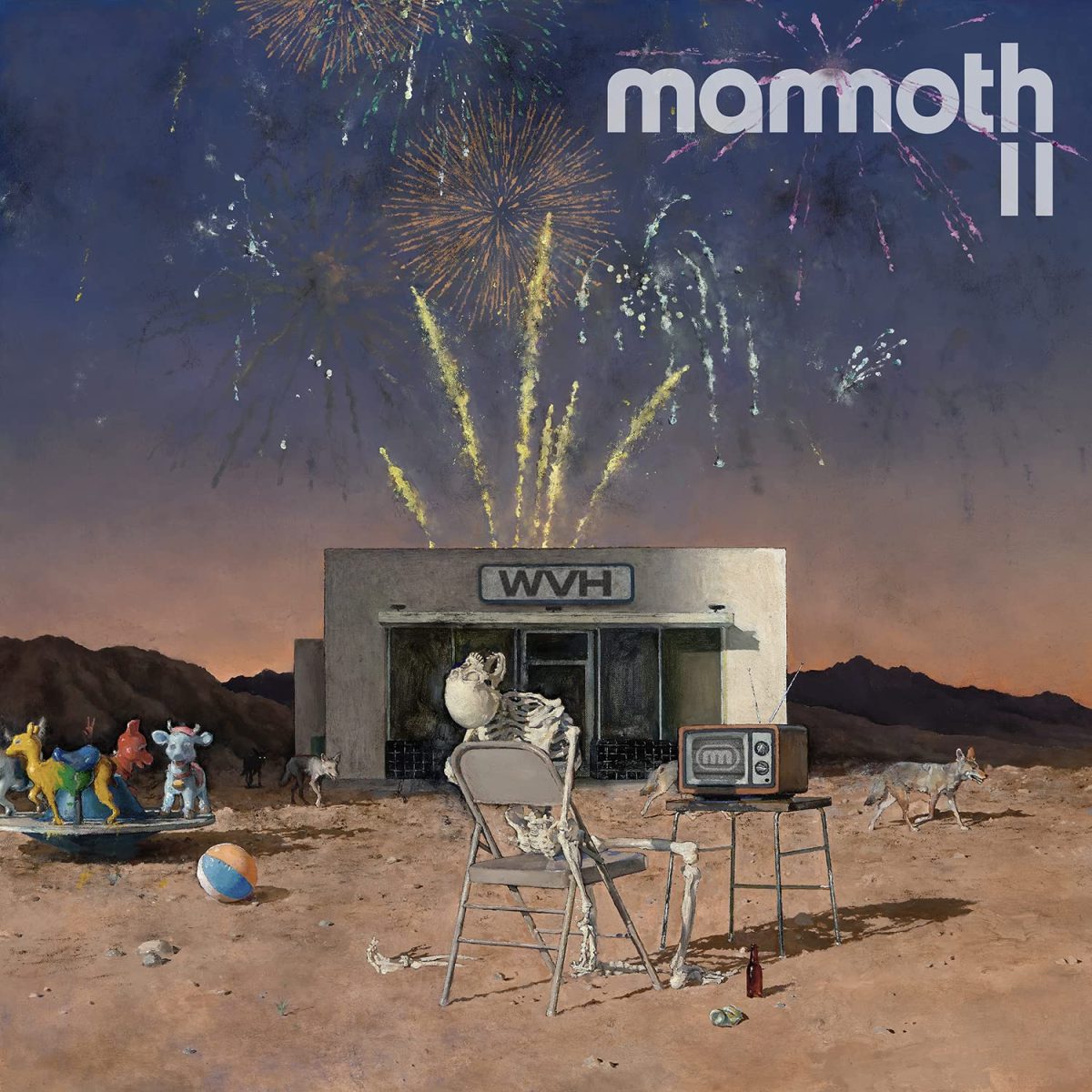After the lackluster release of the second full title, Okatsu stepped back to really analyze the overall concept within the franchise. So they released Kid Dracula, a newly formatted title with a couple new takes upon the series.
After a while, Okatsu approached the development of Castlevania’s third official installment with a new encapsulation of game philosophy, world design, and even prequel story (since they practically wrote themselves off a cliff). I’m too lazy to repeat why we should check this game out, so just to offer a roadmap: gameplay and visuals. You can choose which one you want to analyze.
So the gameplay goes back to the original’s style with less stiffness. You can move a little faster, and the hitboxes and animations span with different actions. Two additions I want to cover are the partner system. Going through the game, you find NPCs who want to tag along, and you can switch between Trevor Belmont and whoever you have equipped. They have personalized abilities.
For instance, Grant Danasty is a little primate-lookin’ dude who can jump higher than Belmont, which allows you to skip certain sections or get items that are usually unobtainable. Sypha is a mage who uses elemental and distance-based weapons, so if you want to be a wittle baby, you can hide behind her abilities. The last is Alucard, who can turn into a bat—which is just an upgraded version of Grant—while also offering a couple of new offensive capabilities.
The addition is the selection of levels after every level. This allows for exploration and open-ended gameplay for players. All of these combine into a masterful presentation of a perfect amount of difficulty, especially in a pre-Soulsborne world. Reddit admin Gordan E. explains the difference between said game and other NES titles:
“Man, was this a brutally difficult game. This is quite easily the toughest NES game I’ve ever beaten. Harder than Contra, Mega Man 2, and even Friday the 13th.”
Visually, it has nothing to offer. There are a couple nice-looking, rotoscope shots throughout the game, but overall, the sprite work is fine and the enemies are very simplistic. I love the combination of the color palettes of the first and second game, which allows some sort of atmosphere.
Overall, the game is a huge step up from the previous, and the story is absolutely lovely—with it even getting an adaptation on Netflix (which is fantastic). However, stepping away from the RPG implementations and the other affirmations, Okatsu was forced to step down by Konami, and this would be the last.
Not to get too political, but Konami has always employed masterful producers who want their works to span philosophy and game design altogether. But they somehow pull a Barry Keoghan and fumble the Sydney Sweeneys of this industry. Because of this, I doubt we will see another successful Konami title—but we will see one for individuals like Kojima.

![[Restrospective] Castlevania 3 Dracula's Curse](https://fohssignal.net/wp-content/uploads/2025/05/img_4827-807x1200.webp)

![[Review] Bloodywood - Nu Delhi](https://fohssignal.net/wp-content/uploads/2025/05/Nu_Delhi.jpg)
![[Review] Tool - 10,000 Days](https://fohssignal.net/wp-content/uploads/2025/05/10000Days.jpg)
![[Review] Baroness- Gold and Grey](https://fohssignal.net/wp-content/uploads/2025/05/a0534473864_16.jpg)


